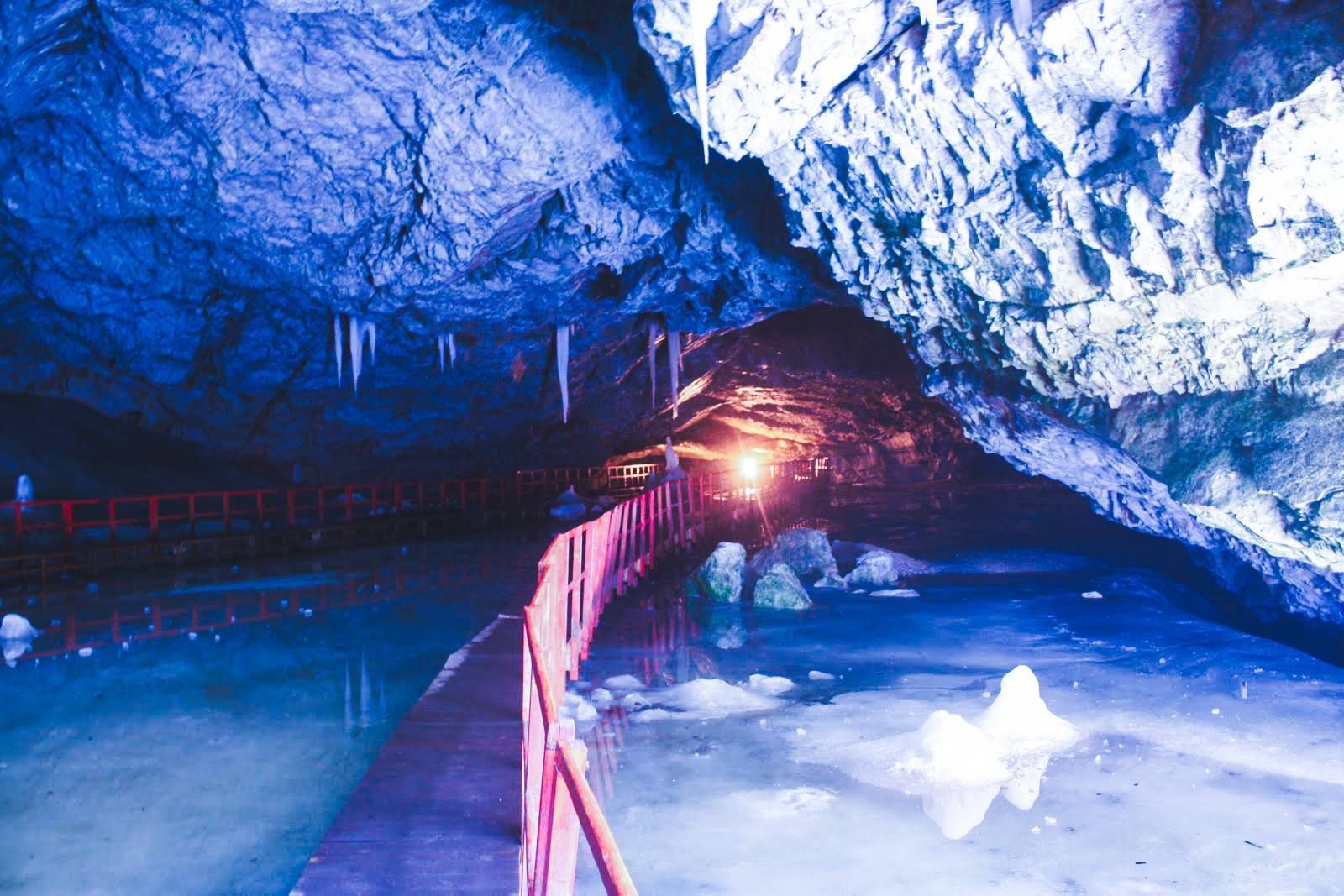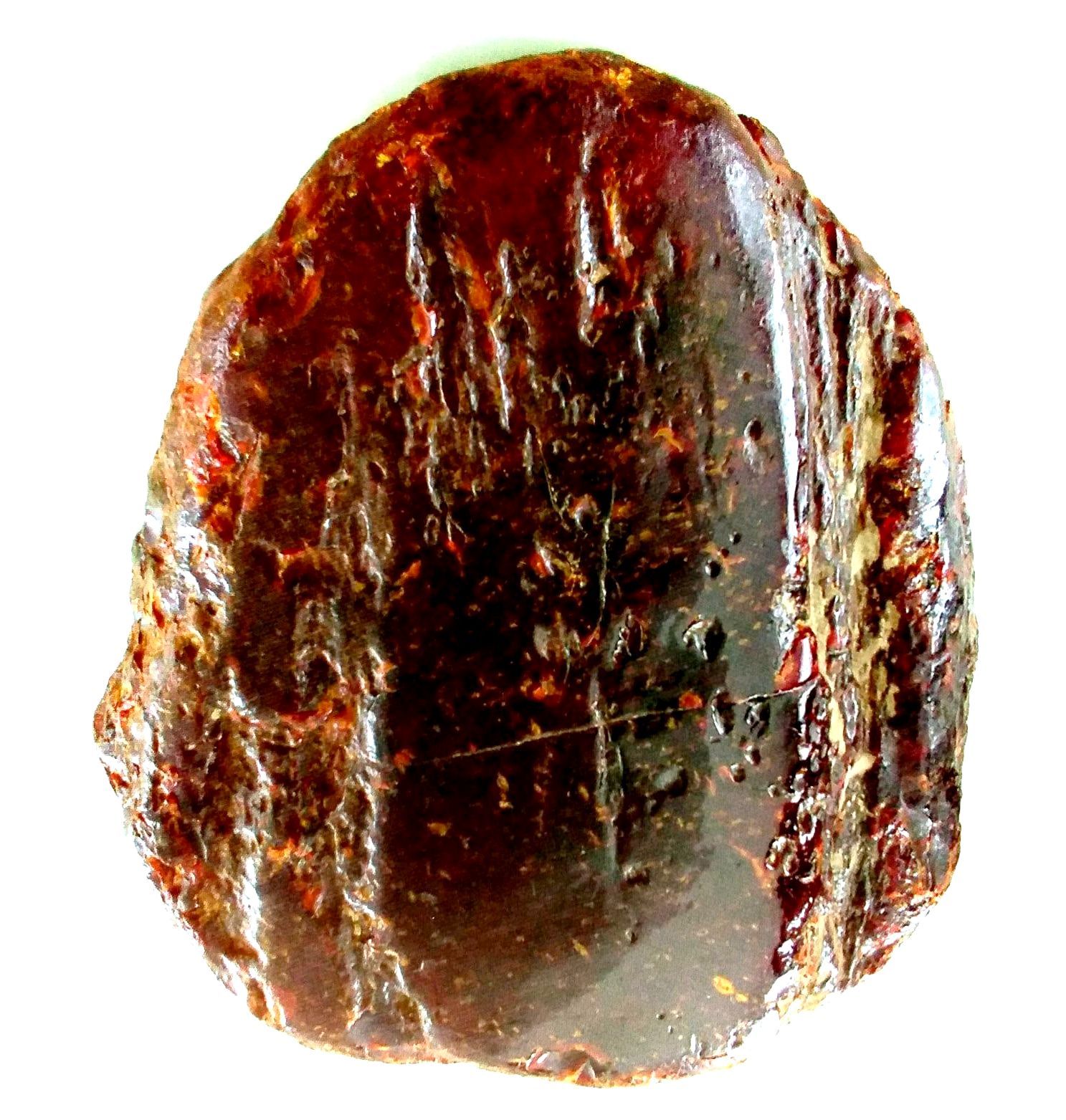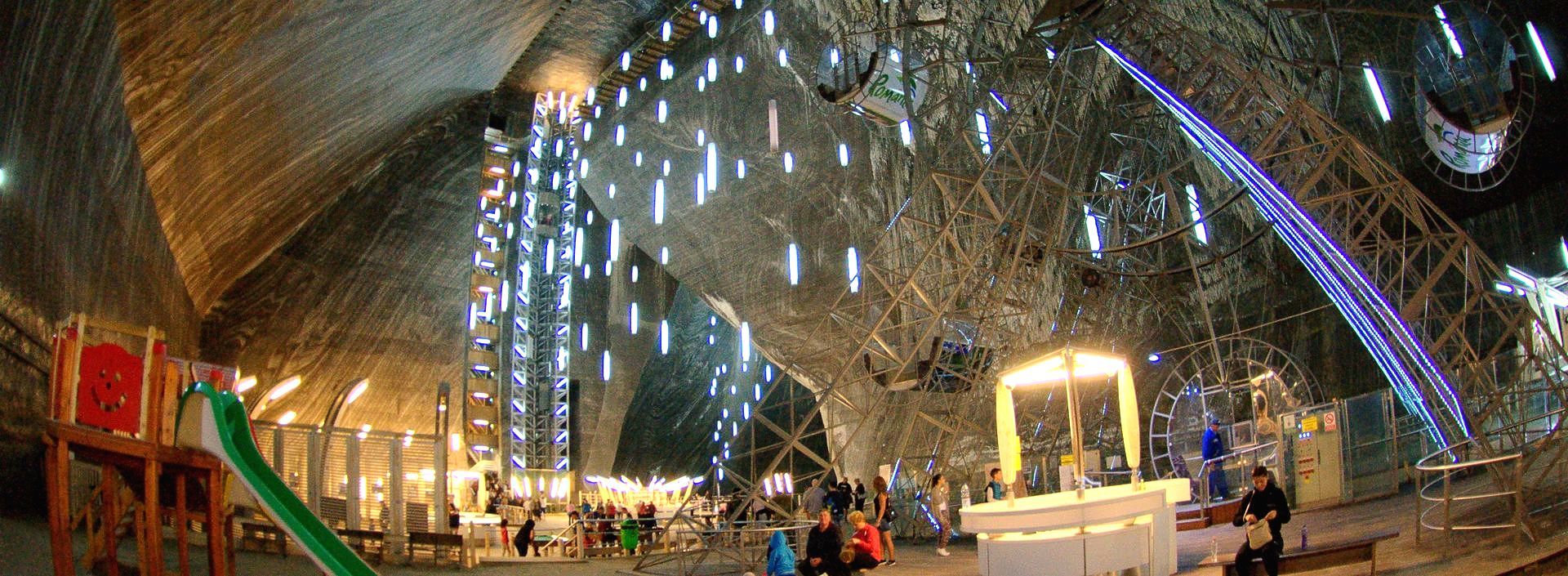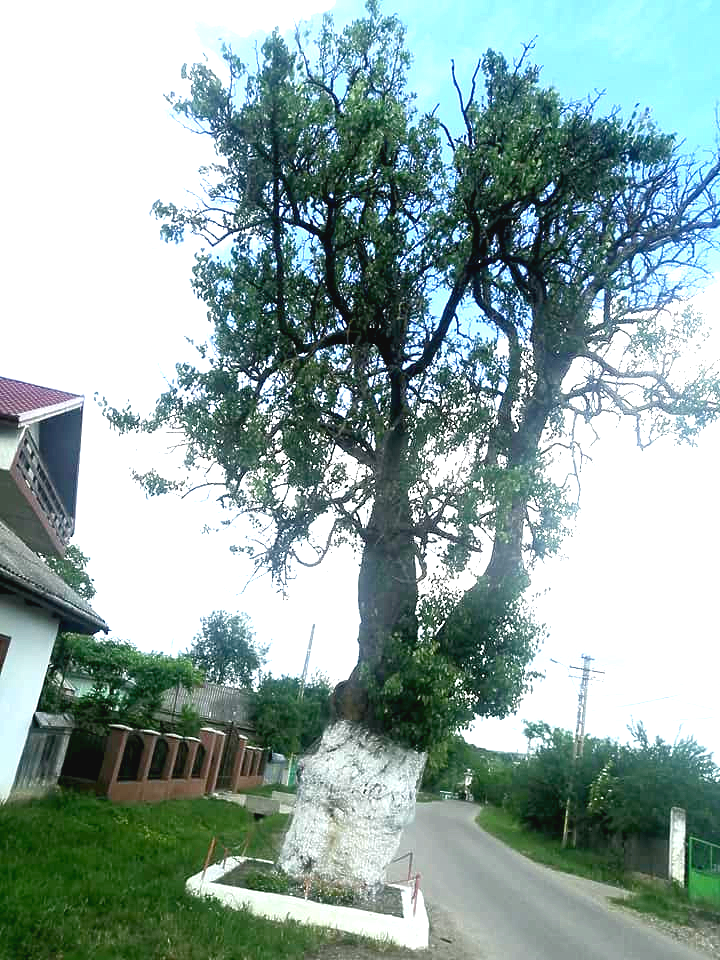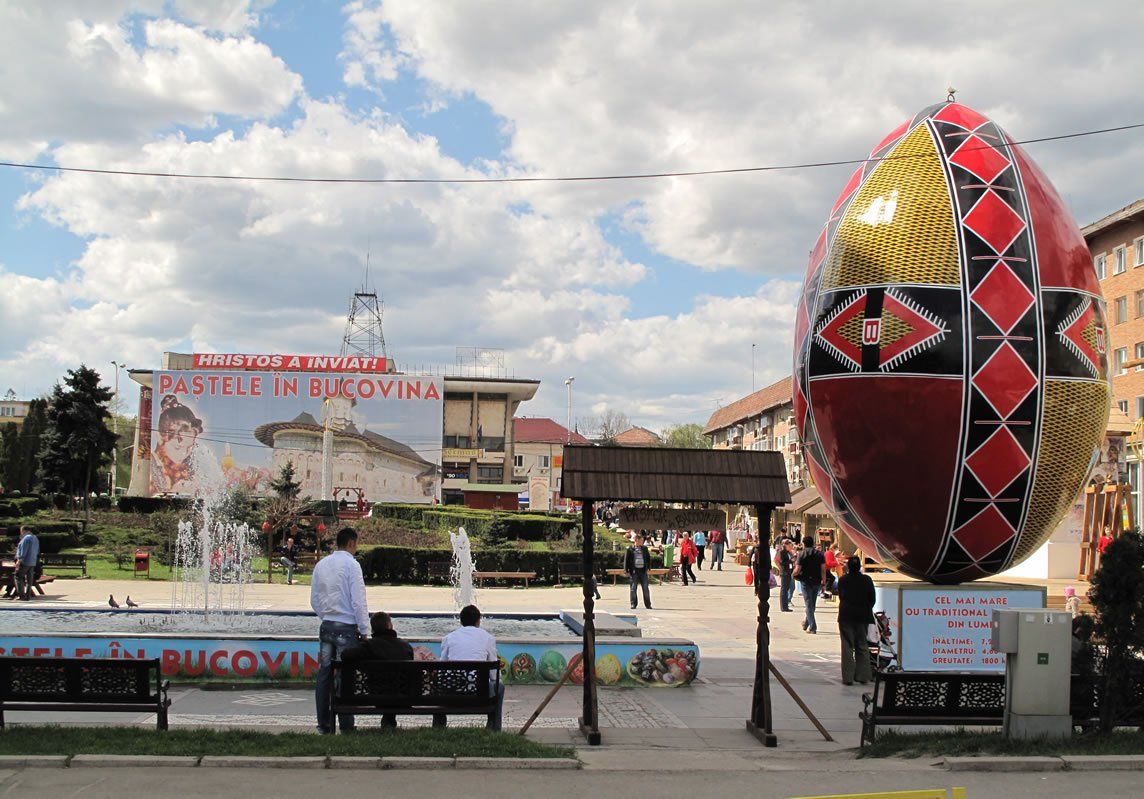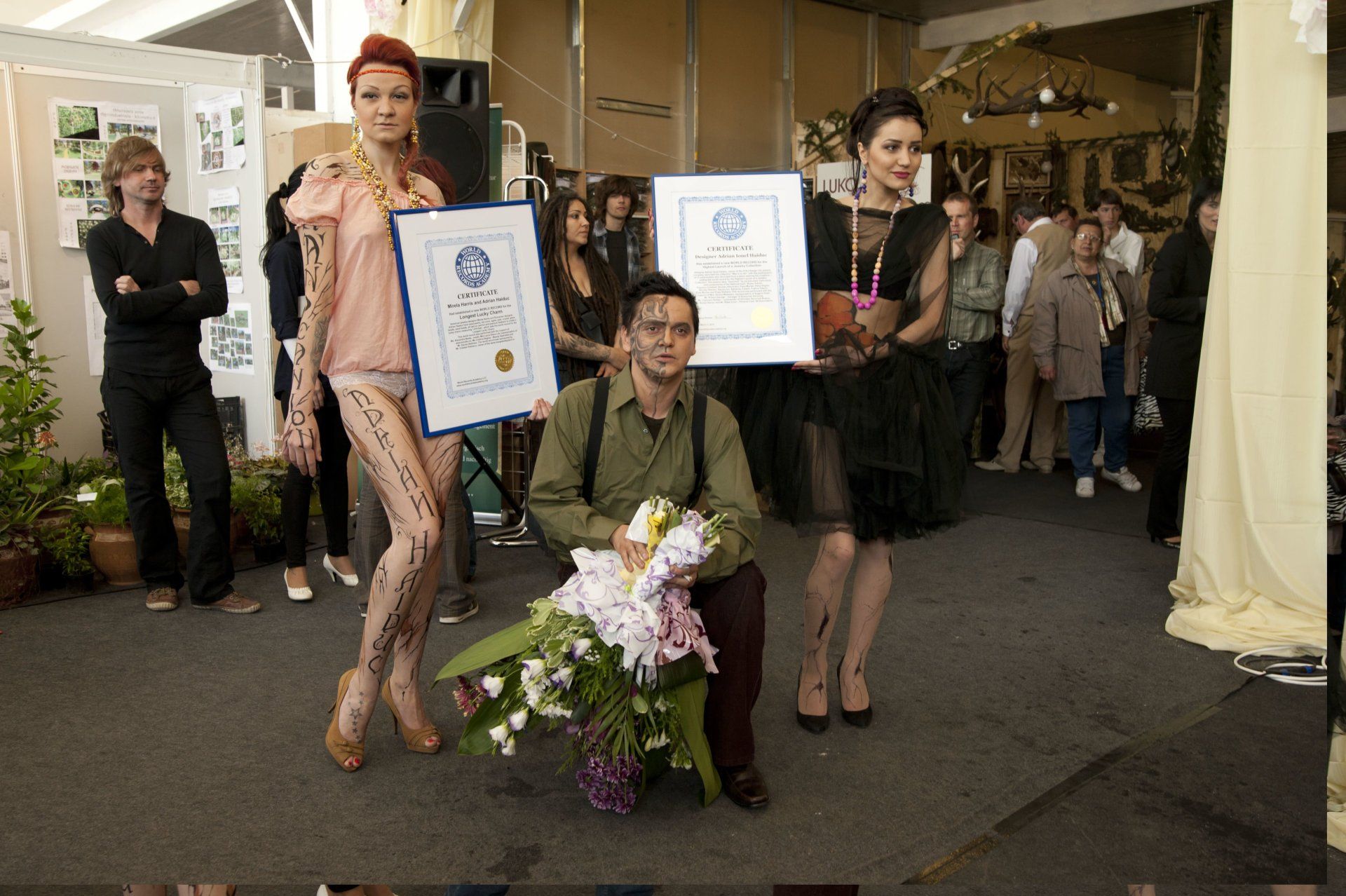World's Only Known Cave-adapted Water Scorpion, Nepa anophthalma sets world record
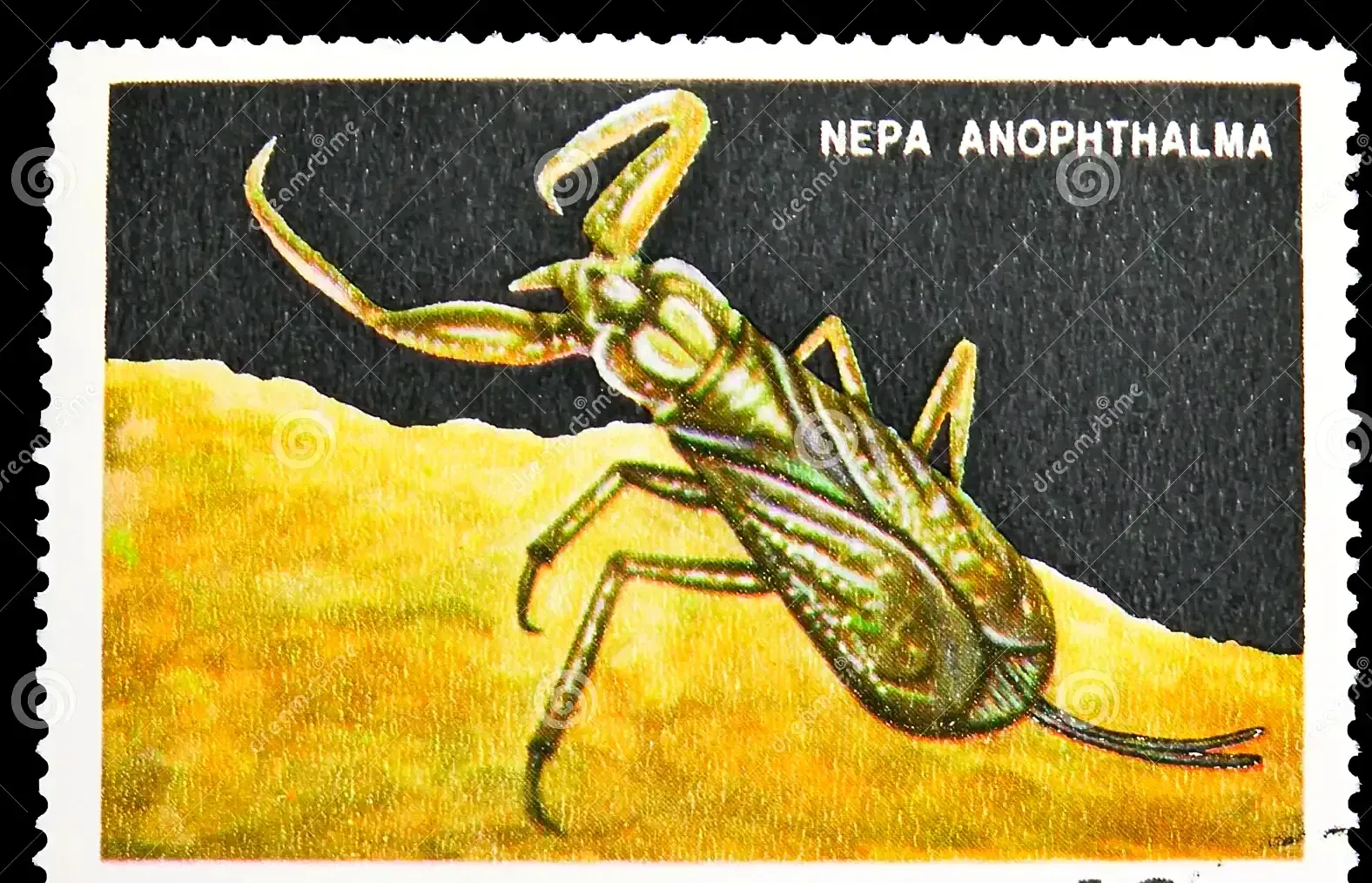
Movile Cave, Constanța County, Romania--The Movile Cave, a cave near Mangalia, Constanța County, Romania is notable for its unique groundwater ecosystem abundant in hydrogen sulfide and carbon dioxide, but low in oxygen; the cave is known to contain 57 animal species, among them a water scorpion (Nepa anophthalma), which sets the world record for being the
World's Only Known Cave-adapted Water Scorpion, according to the WORLD RECORD ACADEMY.
The cave is closed to the general public and only a few researchers are permitted inside each year, in order to minimize disturbance to the fragile ecosystem.
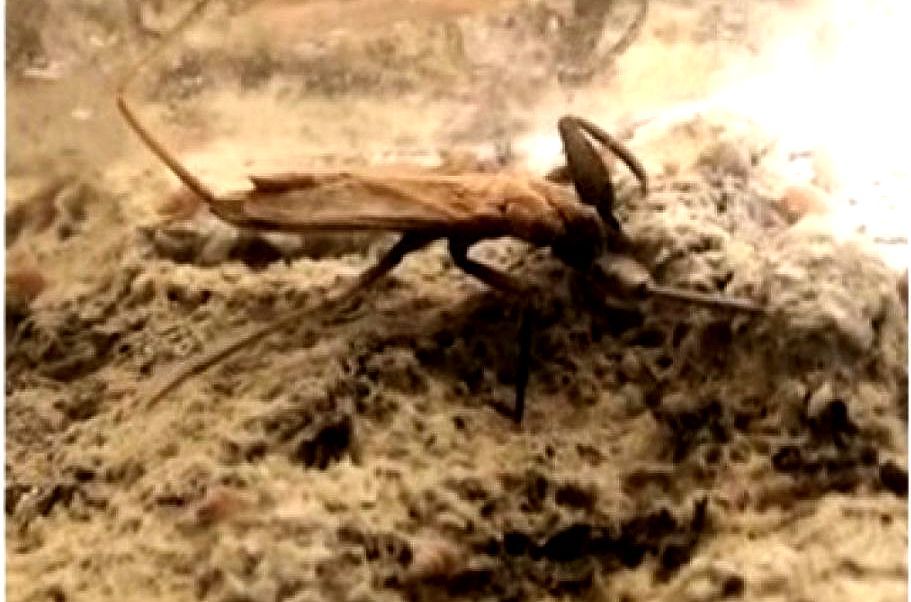
"Movile Cave (Romanian: Peștera Movile) is a cave near Mangalia, Constanța County, Romania discovered in 1986 a few kilometers from the Black Sea coast. It is notable for its unique groundwater ecosystem abundant in hydrogen sulfide and carbon dioxide, but low in oxygen. Life in the cave has been separated from the outside for the past 5.5 million years and it is based completely on chemosynthesis rather than photosynthesis.
"Movile Cave is a network of paths in limestone that are approximately 200 metres (660 ft) long, with portions that are partially or fully submerged by hydrothermal waters. The temperature of the air and water is a constant 21°C (70°F) and the relative humidity is about 100%. Access to the cave is limited to a few researchers per year, to minimize external impact on the delicate ecosystem." (Wikipedia)
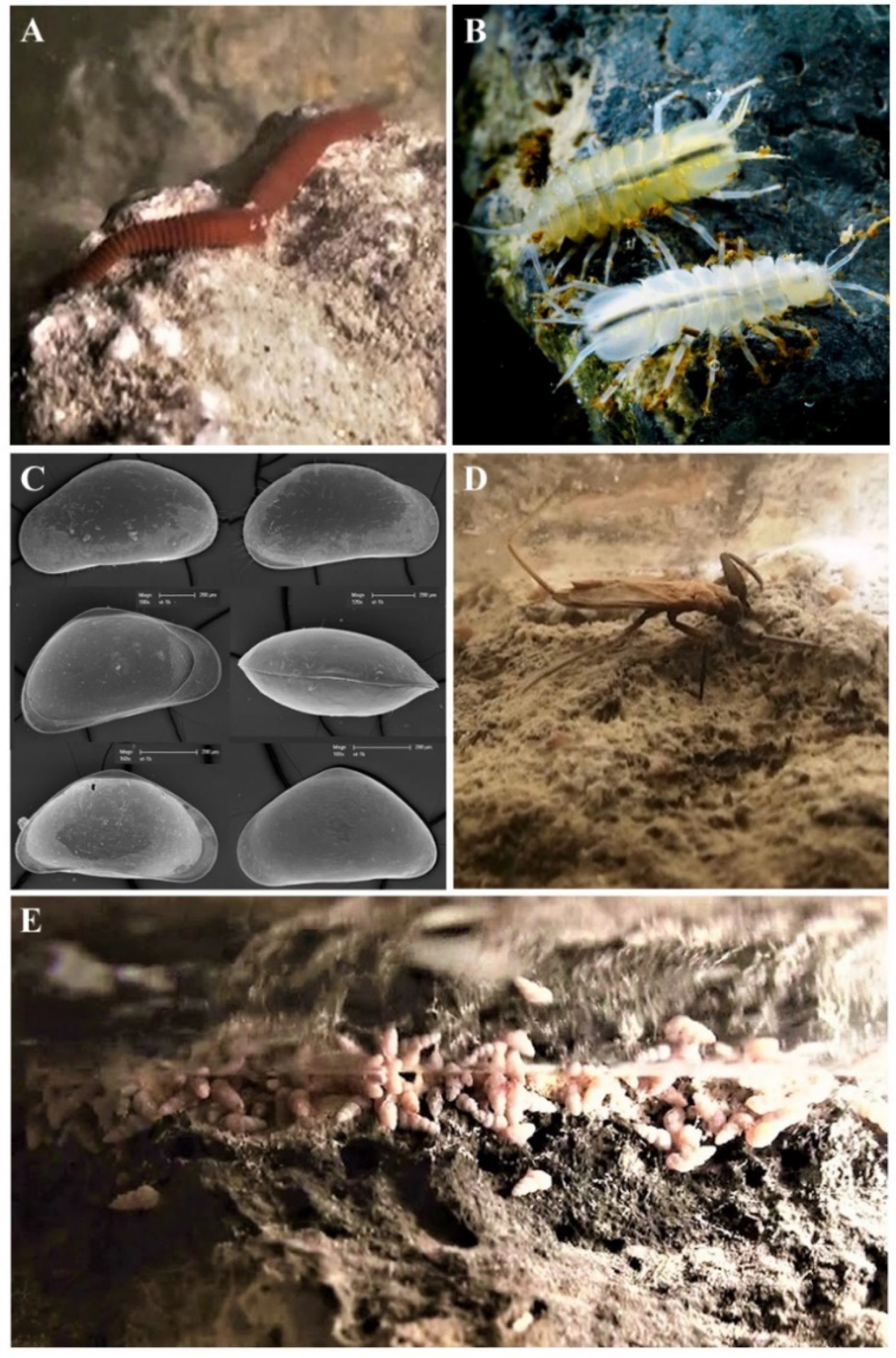
"The air in the cave is very different from the outer atmosphere. The level of oxygen is only a third to half of the concentration found in open air (7–10% O2 in the cave atmosphere, compared to 21% O2 in air), and about one hundred times more carbon dioxide (2–3.5% CO2 in the cave atmosphere, versus 0.04% CO2 in air).
"It also contains 1–2% methane (CH4) and both the air and waters of the cave contain high concentrations of hydrogen sulfide (H2S) and ammonia (NH3). The water in the lake only contains dissolved oxygen for the first centimeter, at most, and in some places only the first millimeter. Deeper down the lake water becomes completely anoxic." (Wikipedia)
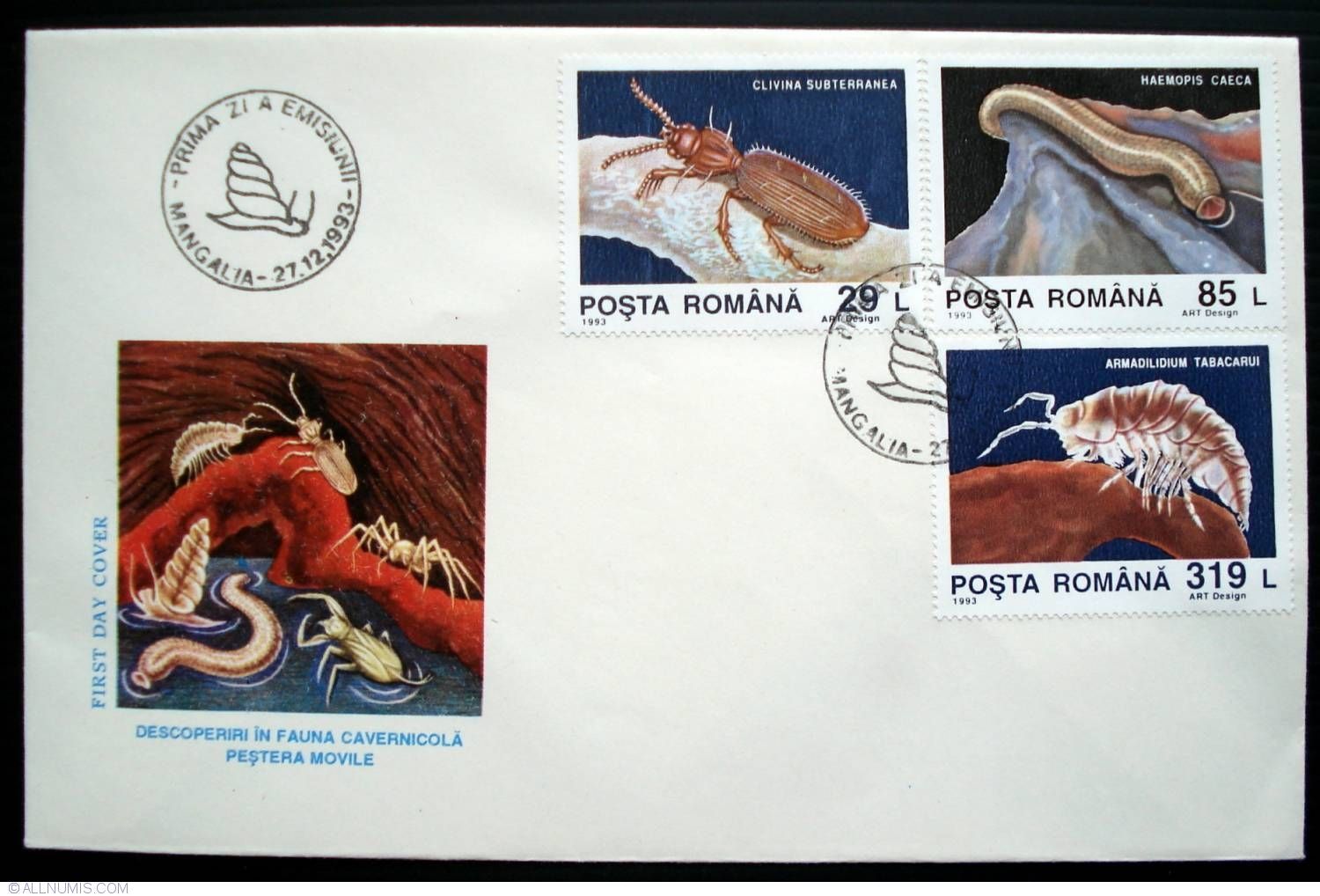
"The cave is known to contain 57 animal species, among them leeches, spiders, pseudoscorpions, woodlice, a centipede (Cryptops speleorex), a water scorpion (Nepa anophthalma), and also a snail. Of these, 37 are endemic. The food chain is based on chemosynthesis by methane- and sulfur-oxidizing bacteria, which in turn release nutrients for other bacteria, and fungi. This forms microbial mats on the cave walls and the surface of lakes and ponds, which are grazed on by some of the animals.
"The grazers are then preyed on by predatory species. Nepa anophthalma is the only known cave-adapted water scorpion in the world. While animals have lived in the cave for 5.5 million years, not all of them arrived simultaneously. One of the most recent animals recorded is the cave's only species of snail, Heleobia dobrogica, which has inhabited the cave for slightly more than 2 million years." (Wikipedia)
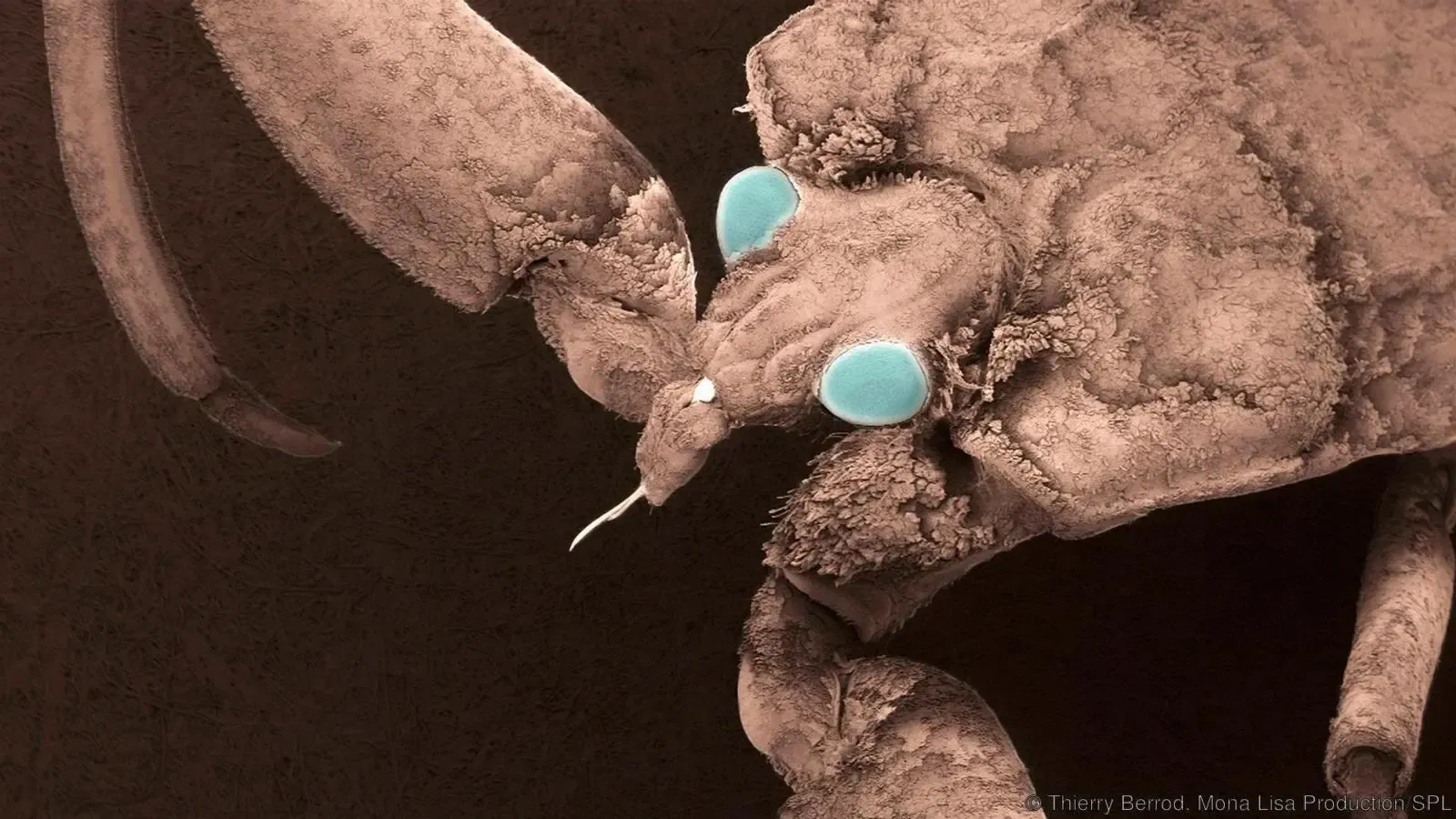
"Nepa anophthalma is a species of troglofaunal insect in the Nepidae family (water scorpions), and in the genus Nepa. It holds the distinction of being the only known cave-adapted water scorpion so far discovered.
"Like with most troglobites, this genus has a limited distribution range, with it only being found in Movile cave, a cave in Romania known for its unique ecosystem supported by chemosynthesis, and with little oxygen. It is often considered a top predator within the aquatic environments of this cave, with very little competition with other animals. (Wikipedia)
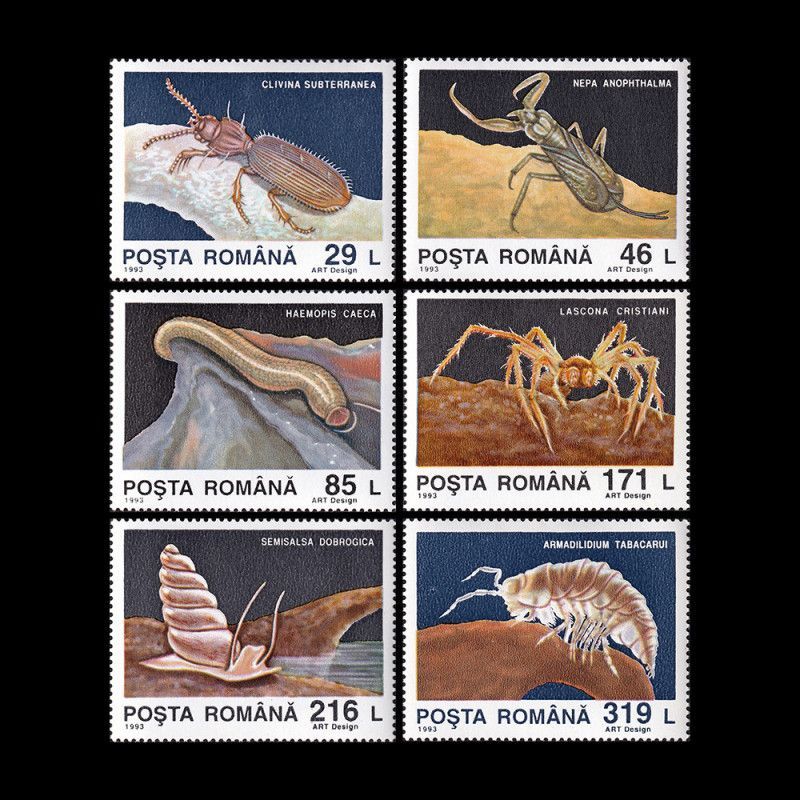
"Males of the species are known to reach around 17.0 to 19.1 millimeters in length, while the females are around 17.0 to 20.3 millimeters. Like with most other troglobites, this insect is entirely blind. However, this species still has intact optic nerves, and pigment.
"Known specimens are either brown-yellow brown in color, and the body is elongated, and flattened on the dorsal plane. Known specimens also possess bi-segmented antennae, usually around 0.8 to 1.0 millimeters long. This species also has brachyptery, a condition in animals that indicates short, or at very least reduced wings, which is not that surprising considering its entirely aquatic lifestyle. The hemelytral membranes are also reduced, a contrast to most other water scorpions." (Wikipedia)
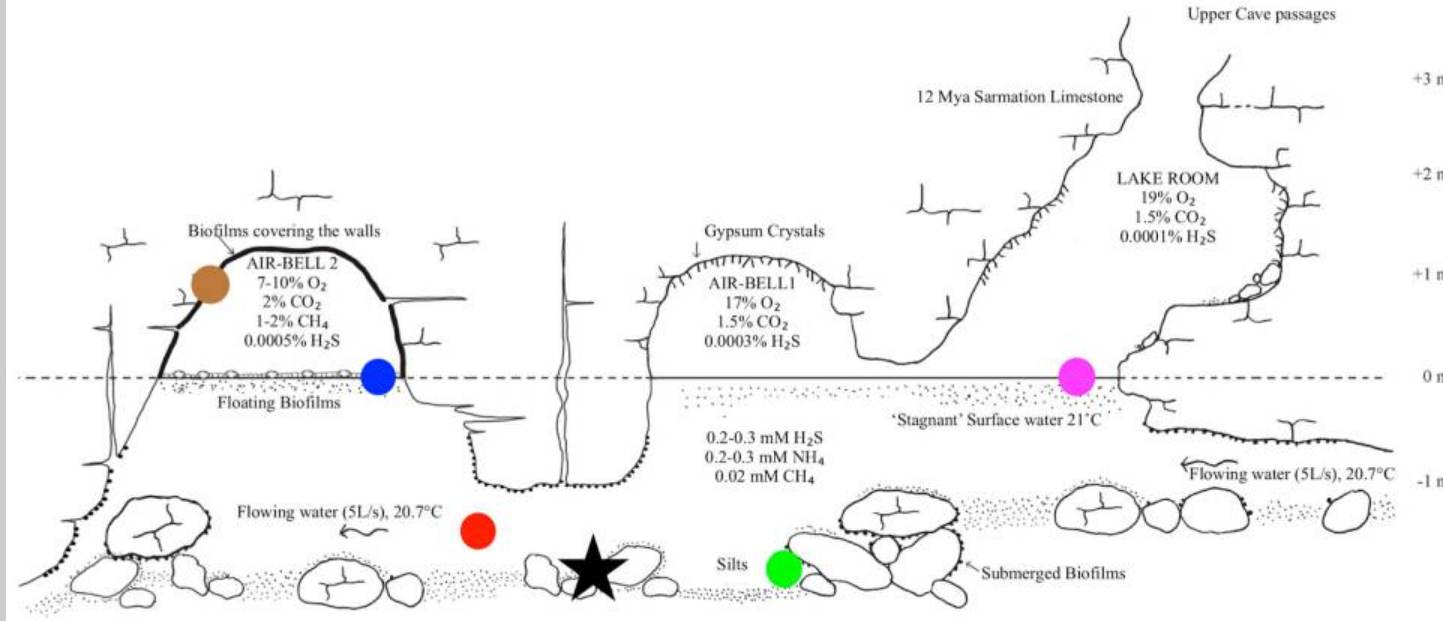
"The fauna of Movile cave are notable due to being cut off from the rest of the world for about 5.5 million years, and thus are important for looking into the evolution of various groups. Despite this, not all of the fauna are that old, with some species appearing to be more recent additions to the caves ecosystem, with N. anophthalma being among these.
"It has been proposed that the ancestors of this water scorpion first arrived to Movile Cave sometime during the Pleistocene epoch, potentially through microfissures located in water filled sinkholes in the region that were cut off once large amounts of clay were deposited in the area towards the end of the Riss glaciation.
'This is not unheard of, as another denizen of Movile cave, Heleobia dobrogica, the caves sole gastropod, is thought to have inhabited the cave for slightly more than 2 million years." (Wikipedia)
"Movile Cave hosts one of the world’s most diverse subsurface invertebrate communities. In the absence of matter and energy input from the surface, this ecosystem relies entirely on in situ primary productivity by chemoautotrophic microorganisms. The energy source for these microorganisms is the oxidation of hydrogen sulfide provided continuously from the deep thermomineral aquifer, alongside methane, and ammonium. ("The Chemoautotrophically Based Movile Cave Groundwater Ecosystem, a Hotspot of Subterranean Biodiversity" by Traian Brad, Sanda Iepure)
"The microbial biofilms that cover the water surface, the cave walls, and the sediments, along with the free-swimming microorganisms, represent the food that protists, rotifers, nematodes, gastropods, and crustacean rely on. Voracious water-scorpions, leeches, and planarians form the peak of the aquatic food web in Movile Cave.
"The terrestrial community is even more diverse. It is composed of various species of worms, isopods, pseudoscorpions, spiders, centipedes, millipedes, springtails, diplurans, and beetles. An updated list of invertebrate species thriving in Movile Cave is provided herein. With 52 invertebrate species (21 aquatic and 31 terrestrial), of which 37 are endemic for this unusual, but fascinating environment, Movile Cave is the first known chemosynthesis-based groundwater ecosystem. Therefore, Movile Cave deserves stringent attention and protection."
"Movile Cave (Mangalia, Romania) represents the access to the first terrestrial self-sustained ecosystem dependent on chemoautotrophically fixed carbon (Kumaresan, 2014; Sarbu, 1996; Sarbu, 1994), ever discovered," the
UNESCO World Heritage Centre says.
Movile Cave is the hot spot of the sulphurous aquifer located in South Dobrogea, around Mangalia Municipality. The cave is the only human-accessible entrance point to the unique, completely isolated ecosystem associated to the aquifer that is characterised by H2S and CH4 rich water and confined airbells with reduced concentration of O2. Despite the apparently life-incompatible conditions, the aquifer represents the habitat where an astonishingly diverse community of organisms thrives.
"Solely based on the organic matter and energy produced in situ by chemosynthesis, in the subterranean environment, in the absence of any source of light and input of exogenous matter, this surprisingly rich and diverse biocenose is formed of 51 species of invertebrates from which 30 are endemic for this site. The obligate cave dweller species present morphological and physiological adaptations to the underground environment, being an excellent example of both evolution and speciation.
"Movile Cave (Mangalia, Romania) represents the access to the first terrestrial self-sustained ecosystem dependent on chemoautotrophically fixed carbon (Kumaresan, 2014; Sarbu, 1996; Sarbu, 1994), ever discovered."
"Movie Cave was discovered in 1986 and is one of the most important caves in Romania. The cave was notable for the unique ecosystem discovered here, attracting the attention of even NASA researchers (who compared the underground environment of Movile to that of Mars in the 1990s)," the
Speologie.org says.
"In the early 1990s, 35 species completely new to biospeleology were discovered. On the surface of the sulfurous water in the cave, a layer of a few millimeters thick of white, creamy substance was observed. It was found that it was a nutritious organic substance, in which there were numerous organisms, especially small snails and worms.
"This cave is populated by predatory leeches that take their nutrients from the few species belonging to the classes Nematoda (roundworms) and Annelida (segmented worms), which, in turn, depend on chemosynthetic organisms. New species of predators have also been discovered such as two pseudoscorpions, a millipede, four spiders, and a water scorpion, the leech that lives on worms and a centipede almost 5 centimeters long. (A spider whose only close relative is found in the Canary Islands has been discovered)."
"Situated 18 m below the surface, the cave consists of a 200 m long upper dry passage that ends at a small underground lake and provides access to a 40 m long, partially submerged lower cave level," the National Institute of Health says.
"For the last 5.5 million years, significant input of meteoritic water and organics from the surface has been prevented by impermeable layers of clay and loess that cover the limestone in which the cave was formed [4].
"The absence from the waters of Movile Cave of radioactive cesium and strontium isotopes that were widespread in the region due to the Chernobyl disaster in 1986 indicated that the cave is essentially sealed off from the surface."
"Romania’s Movile Cave is also home to a variety of other unique species, including water scorpions, beetles, leeches and worms, according to a study published 2021 in the journal Diversity," the Miami Herald reports.
"These organisms, due to their ability to thrive in such extreme conditions, could prove useful for modeling life in another extreme, yet far more remote, environment: Mars. While it may sound far-fetched, a NASA scientist affiliated with a Mars Exploration Rover mission said in 2004 that chemoautotrophs in sulfate-rich environments are one of the most likely forms of life to be found on the red planet."
Photos:
World's Only Known Cave-adapted Water Scorpion, The Movile Cave sets world record
(1) posta-romana.ro
(2) Nepa anophthalma, a cave adapted water scorpion from Romania. Traian Brad, Sanda Iepure and Serban M. Sarbu/Wikipedia
(3) Various aquatic invertebrates from Movile Cave, including (A). Haemopis caeca; (B). Asellus aquaticus infernus; (C). Pseudocandona sp.; (D). Nepa anophthalma; (E). Heleobia dobrogica. Traian Brad, Sanda Iepure and Serban M. Sarbu/Wikipedia
(4) Discoveries of cave fauna - Movile Cave /allnumis.com
(5) Water Scorpion/Sockrotation
(6) filatelia.ro
(7) Cross-section of the lower, partially submerged level of the Movile Cave system. Photo: National Library of Medicine
Related world records:
|
Alabama world records |
Alaska world records |
Arizona world records |
Arkansas world records |
California world records |
|
Colorado world records |
Connecticut world records |
Delaware world records |
Florida world records|
|Georgia world records | Hawaii world records| Idaho world records| Illinois world records| Indiana world records|
|Iowa world records | Kansas world records| Kentucky world records| Louisiana world records| Maine world records|
| Maryland world records| Massachusetts world records | Michigan world records | Minnesota world records |
| Mississippi world records | Missouri world records | Montana world records | Nebraska world records |
| Nevada world records | New Hampshire world records | New Jersey world records | New Mexico world records |
| New York world records | North Carolina world records | North Dakota world records | Ohio world records |
| Oklahoma world records | Oregon world records | Pennsylvania world records | Rhode Island world records |
| South Carolina world records | South Dakota world records | Tennessee world records | Texas world records |
| Utah world records | Vermont world records | Virginia world records | Washington world records |
| West Virginia world records | Wisconsin world records | Wyoming world records|
| Agriculture world records| Amazing careers world records | Arts world records |
| AMUSEMENT & THEME PARK WORLD RECORDS |
| Biggest world records | Business world records | Books world records | |
| Christmas world records | Collections world records | CATS world records | DOGS world records |
|Drinks world records | | Easter world records | Entertainment world records | FASHION world records |
|
Farming world records |
Fishing world records |
Food world records |
|
Games world records |
Green world records |
Halloween world records |
Hobbies world records|KIDS world records |
| Human Body world records | Internet world records | INVICTUS world records | JUSTICE world records |
| Mass Participation world record | Medical world records |
| Military world records | MEDICAL world records | MUSEUM world records | Modern Society world records |
|
Most Successful world records | Nature world records | New Year world records |
PET world records |
|
Religious world records | Science world records |
Skydiving world records
| Smallest world records | Sport world records | Stunts world records | Strength world records |
| Technology world records | Thanksgiving world records | Travel world records | Transport world records |
| Valentine's Day world records | Youngest world records |
| Weather world records | Wedding world records | WORLD'S FIRST world records |
